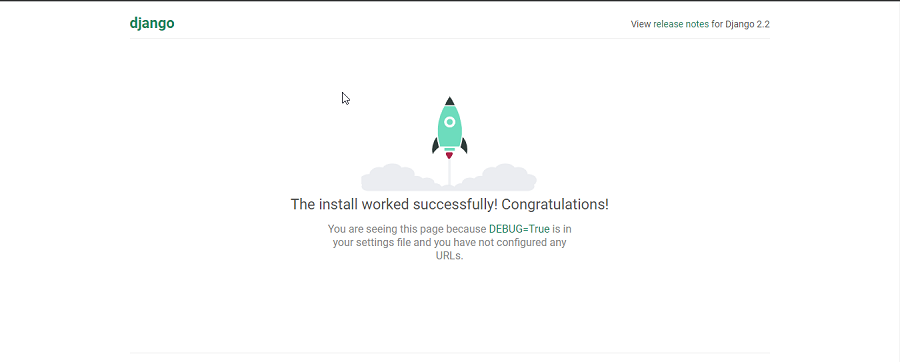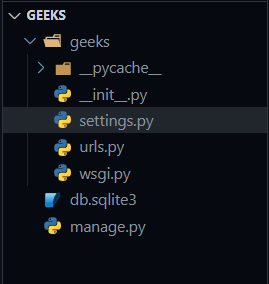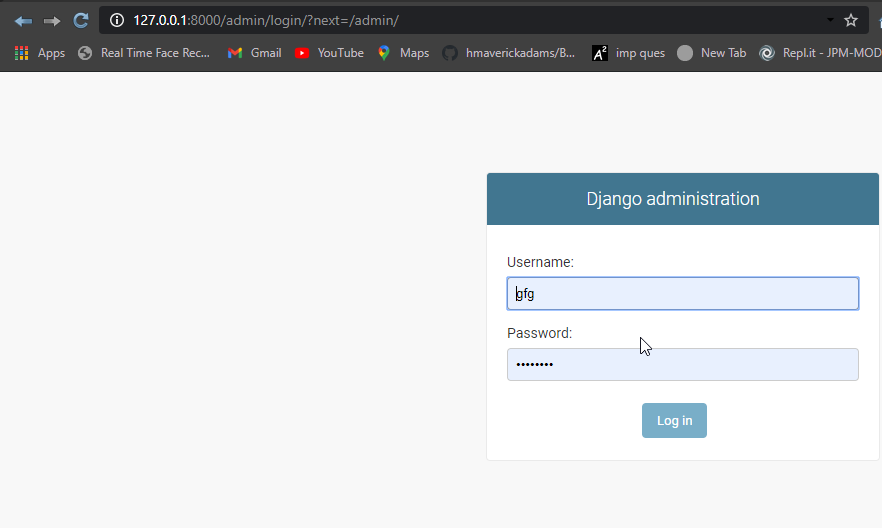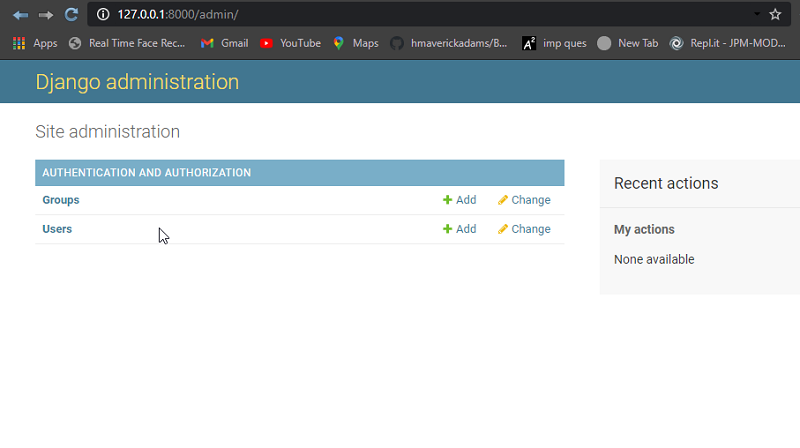How to use PostgreSQL Database in Django?
Last Updated :
21 Feb, 2023
This article revolves around how can you change your default Django SQLite-server to PostgreSQL. PostgreSQL and SQLite are the most widely used RDBMS relational database management systems. They are both open-source and free. There are some major differences that you should be consider when you are choosing a database for your applications.
Also checkout – Difference between SQLite and PostgreSQL
Setting up PostgreSQL in Django
First create a virtual env so to do that first install virtualenv using this command
pip install virtualenv
then we will create a virtualenv named gfg using
virtualenv gfg
to enter in the virtual environment create use

now we will install Django here so I am using Django 2.2
pip install django==2.2.*
To get Python working with Postgres, you will need to install the “psycopg2” module.
pip install psycopg2
now lets create a django project named geeks
django-admin startproject geeks
to check your django is running smoothly
python manage.py runserver

Now, go to the below link and download and set up PostgreSQL. create a database name gfg in your Postgres server. Now its time to switch from SQLite to PostgreSQL.
Folder structure –

open the settings.py file
now change database settings with this template code
DATABASES = {
'default': {
'ENGINE': 'django.db.backends.postgresql',
'NAME': ‘<database_name>’,
'USER': '<database_username>',
'PASSWORD': '<password>',
'HOST': '<database_hostname_or_ip>',
'PORT': '<database_port>',
}
}
Run these commands
python manage.py makemigrations
python manage.py migrate

now lets create the default superuser:
python manage.py createsuperuser

now again run your server with
python manage.py runserver
go to this route and add the credential you did while creating superuser
http://127.0.0.1:8000/admin/

and if you are successfully able to log in, you have successfully switched to PostgreSQL

Share your thoughts in the comments
Please Login to comment...